Learn Japanese in Kanazawa
Learn Japanese Fast – Classes for All Levels
Learning Japanese in Japan, particularly in the city of Kanazawa, the capital city of the Ishikawa Prefecture is a unique cultural and learning experience. While it is a lesser known city for international tourists, the Japanese know it is one of their nation's finest cities and one of the best examples of a major Edo-period city, the perfect place to start learning Japanese in Japan.
Here you may explore the samurai and geisha districts and see how Japanese society was once structured. Kanazawa locals say "even if you forget your lunchbox, don't forget your umbrella" but Kanazawa still offers a rich cultural experience, off the beaten path of typical Japanese tourism.
Kanazawa was built around the ancient castle from the 15th century, and was instrumental in establishing the "peasant kingdom". This kingdom lasted for a century and developed into a unique fortified temple city that you can still see the remains of. In 1580 the city fell to attackers and was disputed until 1590 when Toyotomi Hideyoshi unified Japan.
Learning Japanese in Japan, you will find the most famous place to visit in Kanazawa is Kenroku-en Garden (the Garden of Six Attributes). Considered one of the country's top 3 gardens and perhaps the most beautiful. The garden was built during the Edo period and the streams and ponds to which water was directed is one of the great engineering achievements of the time.
Kanazawa also has a number of museums to visit while and many festivals that are celebrated across the city. The Hyakuman-goku Festival celebrates the years of prosperity during the Edo period with parades, dancing and tea ceremonies and this is a great experience to have while.
Every summer there are fireworks along the river and every spring some of the most beautiful cherry blossoms in the country to enjoy. For a unique and historic view of Japan, Kanazawa is the perfect escape and a wonderful place to become inspired while learning Japanese!

Start your adventure in Kanazawa with Languages Abroad today!
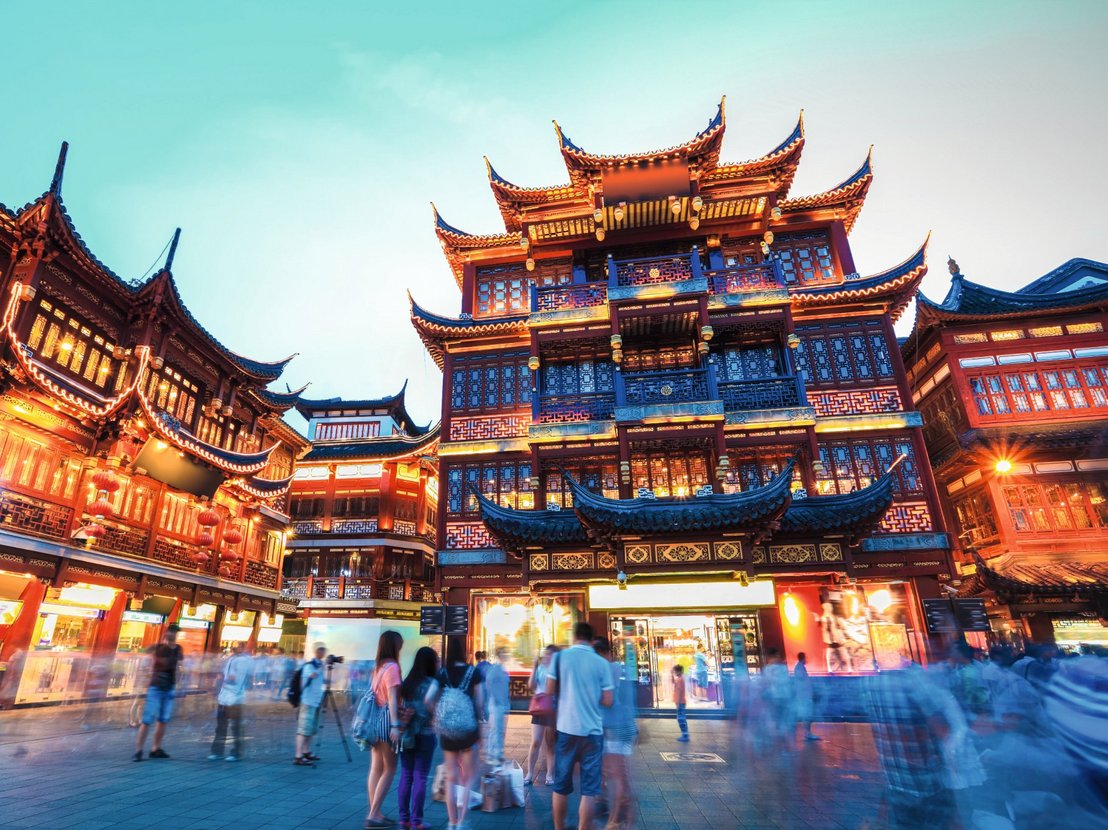
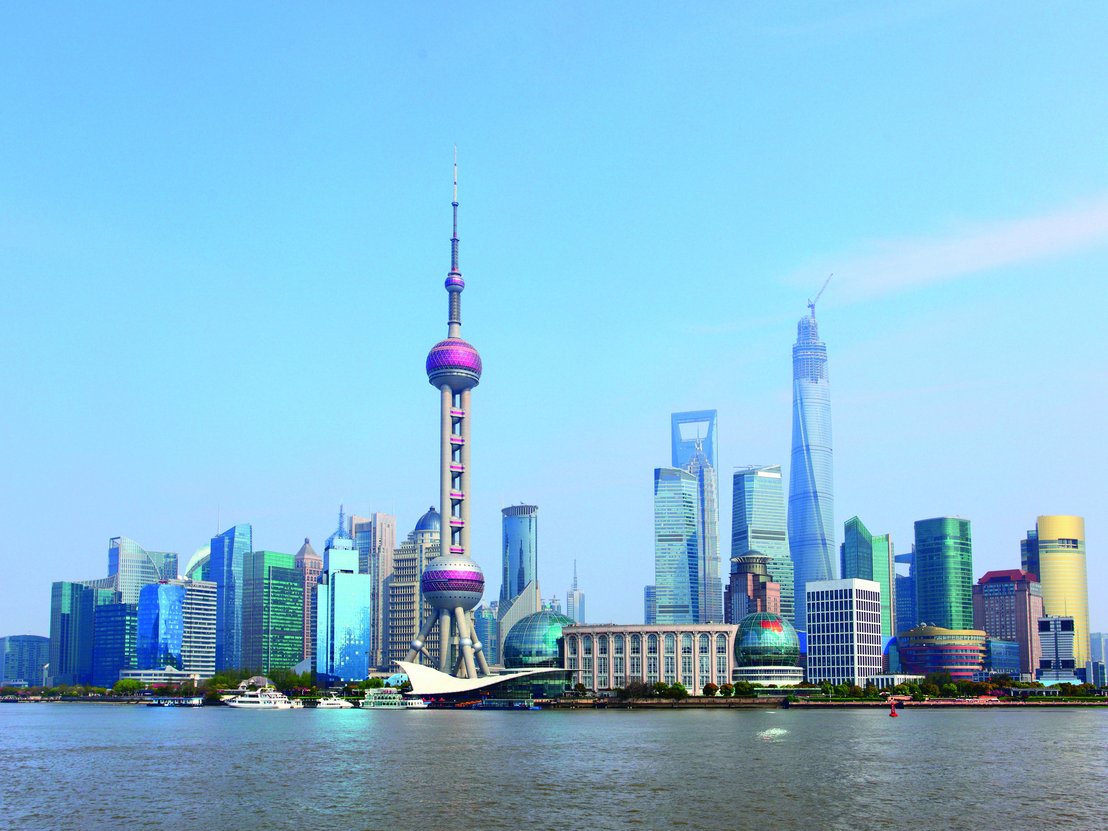
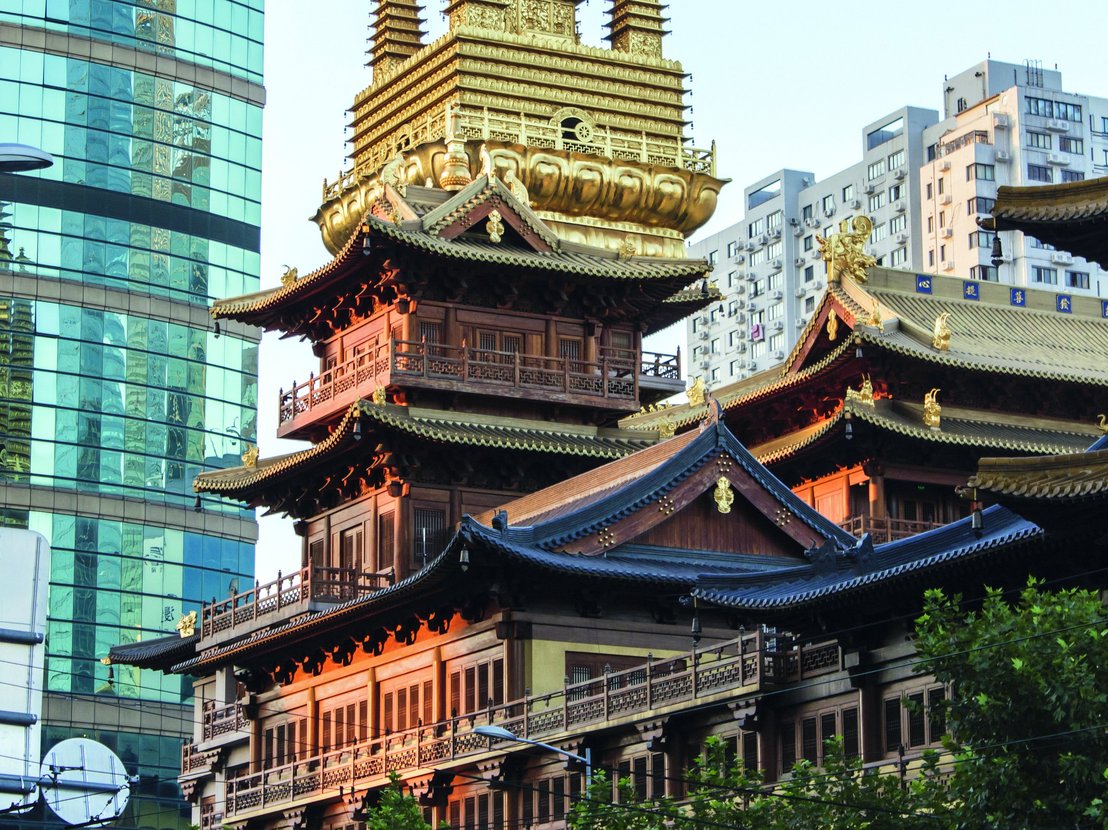
Learn Japanese in Kanazawa
Here you can explore a range of courses designed for all language levels. Whether you're looking to immerse yourself in the language through group classes, private lessons, or the unique "Live & Learn" homestay pathway, there are options to suit every need and preference. Find out what works best for you and take the first steps on your language journey!
The School & Facilities
Our school is located in an architecturally attractive building with a public library, a convenience store as well as a large bookstore, directly in the heart of the city center. It's very close to the main train station and reachable by foot in only a few minutes. You can also find many other points of interest close by. TheYokoyaue-Cho shopping district is in walking distance and only 3 blocks away is the Main Street and Omicho Market. Venues like parks, museums or historic buildings are also reachable by foot or by a short bus ride.
The school is one of the most professional Japanese language schools in Japan! Teachers are native speakers and many are University educated with years of teaching experience. Programs are designed for all levels of the language and a lot emphasis is placed upon the speaking ability of the students.
School Facilities
- 5 spacious and bright classrooms
- Student lounge
- Free WiFi access in the school lobby area
- Nationalities: 48% Western Europe, 33% North America, 7% Latin America


Japanese Classes in Kanazawa
- Open to all language levels
- Placement test before beginning of course
- One lesson is a minimum of 50 minutes
- Flexible course length
- Language proficiency certificate at end of program upon request
- Good knowledge of English is a requirement


Standard Program
- 20 group lessons per week PLUS
- 5 cultural activities per week OR
- 5 specialized language lessons per week
- Maximum 14 students per class
- Course held Monday - Friday
- Program dates: March 10th and October 24th
- 2 weeks minimum
Private Program
- Students choose the number of lessons booked per week
- Lessons held Monday - Friday
Receive transferable credits for your course:
Undergraduate Credit Through Brookhaven College
Host Family Accommodation
Host Family
Many families live near the school and the commute is usually no more than 10-30 minutes. At least one person in the family/neighbourhood will speak basic English. The lifestyle in a Japanese home can be a mixture of traditional/western styles. Futon beds, Tatami mats and western beds/chairs often coexist under the same roof. In most families the bath will be Japanese style (the body is washed before entering the tub).
Room Options:
- Single Room (SR)
- Breakfast and Dinner (HB)
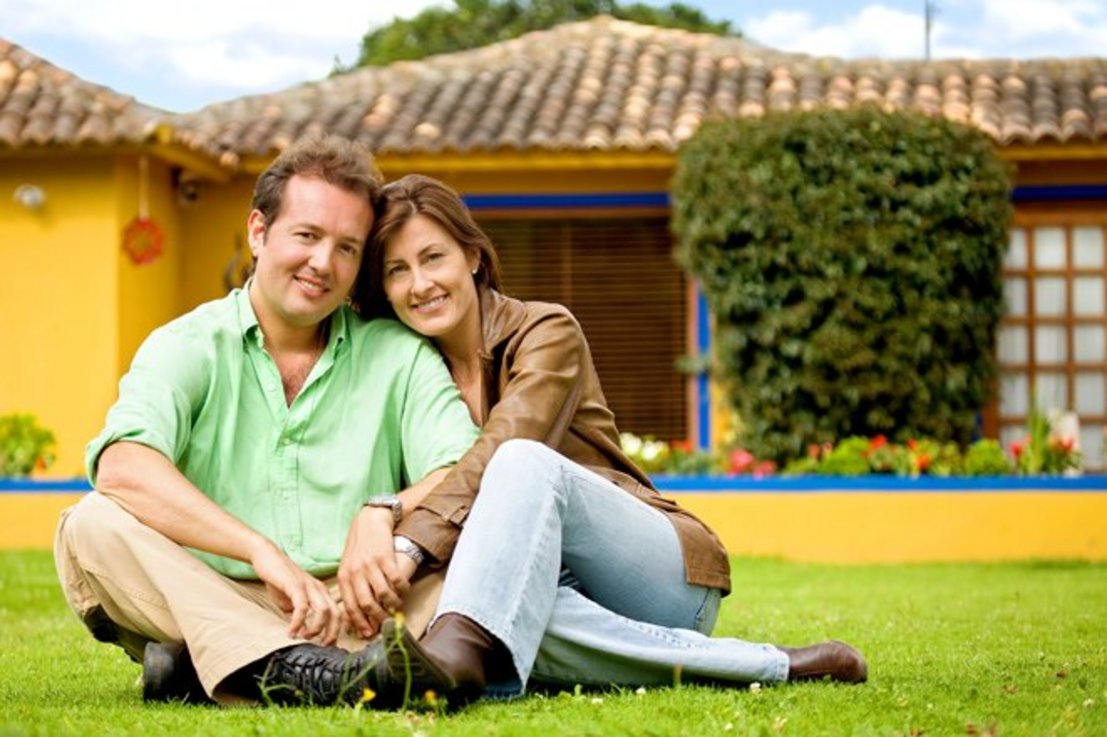
Important info about Japanese home stay: Japanese home-life can be very different to North American customs. We recommend students be open-minded and try to experience Japanese life. For example you may be expected to sleep on a futon on the floor. Bathing: you are expected to wash your body before entering the bathtub. Breakfast: This could consist of rice and miso soup. It is crucial that you are respectful and embrace the differences that you experience, but you can be open and honest with your family about your dietary requirements/comfort levels etc.
Get general information about our accommodation options and find out more about staying with a Host family.
Kanazawa: Main Sights to Know
Kenrokuen:
The Kenrokuen is one of the three most wonderful gardens in Japan. It covers an area of 11.4 hectares beside the Kanazawa Castle. It was constructed by the Maeda family over a couple of centuries and opened to public in 1871. The word "Kenrokuen" means "having six factors", as due to the Chinese perception six essential attributes are necessary to create a perfect garden. These attributes are: spaciousness, tranquillity, artifice, antiquity, water and brilliant views from the garden. This splendid landscape is found in the central area of Kanazawa. It takes only 15 minutes to Kanazawa Station.
Omicho Market:
If you want to see a typical Japanese market, Omicho Market is definitely the place to visit! It was established in the 18th century during the Edo Period and is today still a busy place with shops and stalls. You can mainly find fresh local seafood, but also flowers, clothing and many other different products can be bought here. Within the 200 shops included are great restaurants which are very popular by locals and tourists.
Saigawa & Asanogawa Rivers:
Saigawa is a gorgeous river that flows through the city of Kanazawa. It origins is from the Mountain Hakusan which is an active volcano. This river is very popular when it comes to recreation. Especially in April, during the blooming period, the banks offer a great place to relax. The Asanogawa River is the second river flowing through the centre of the city. You can experience the special atmosphere of the rivers gentleness and tenderness best at the Ohashi Bridge. It's a great place to just stroll around and enjoy the water flowing.
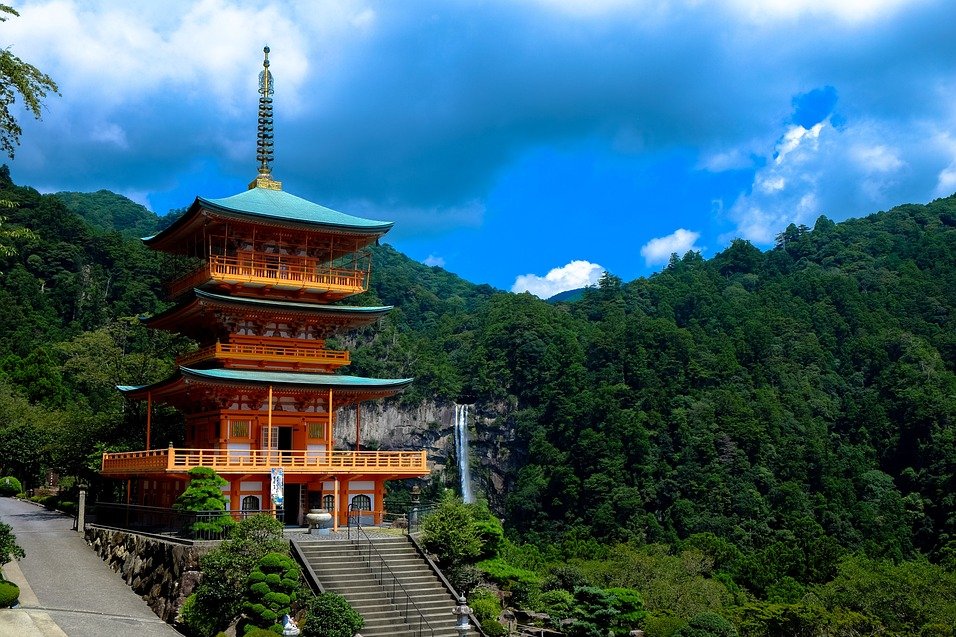
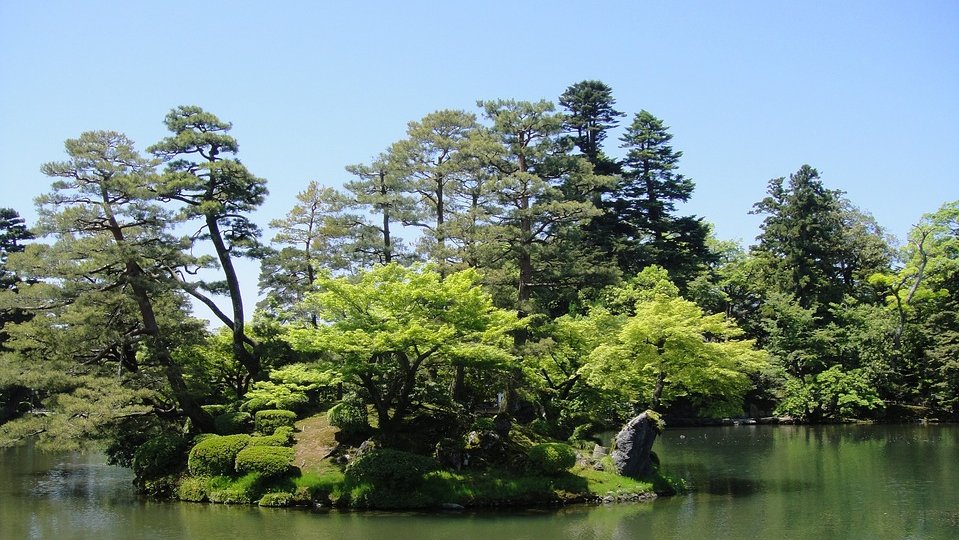
Dates & Prices
Start your Japanese language journey!
Learn Japanese this year in Kanazawa in Japan with Languages Abroad!
Located in Japan's central Honshu area, Kanazawa is known for its well preserved Edo period city districts, art museums and traditional regional hand crafted goods. As well as the beautiful Kenrokuen Gardens, which features classic landscaping with ponds and streams.
» If you need help choosing your course, please get in touch with one of our on-hand experts and we will do everything we can to assist you.
Checklist
- Registration Fee:
$200 - Accommodation Placement Fee:
$200 - Airport Transfer:
$150 per way (Optional) - Insurance:
$30/week - Books & Materials:
INCLUDED
Notes
The school will be closed on all public holidays.
All enrollments require a non-refundable $400 deposit to ensure space in our program.
Contact us
We're here to help you on your Japanese language learning journey!
Questions about our courses? Need assistance with enrollment? Interested in finding out more about our programs?
Our friendly team is more than willing to assist you.
Contact us by clicking the link below and filling out our contact form.
We promise a prompt and helpful response to all your inquiries.
